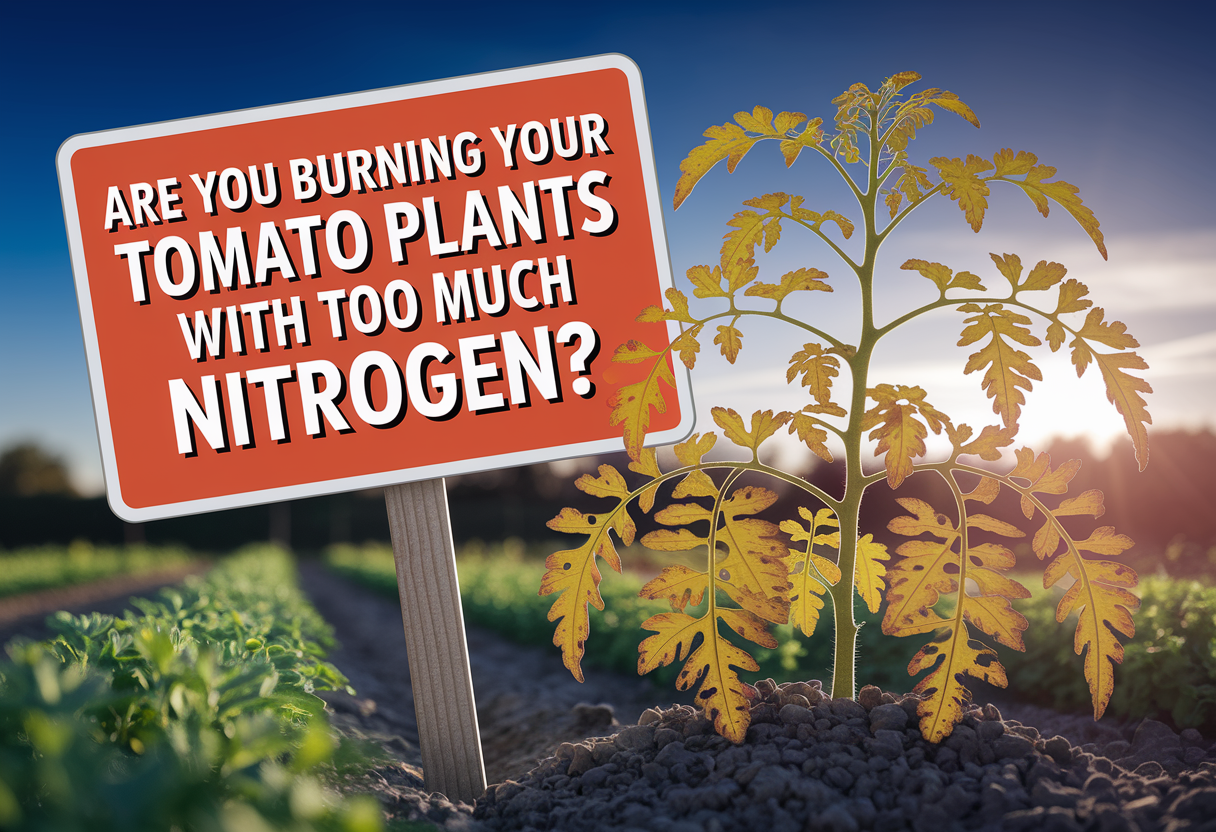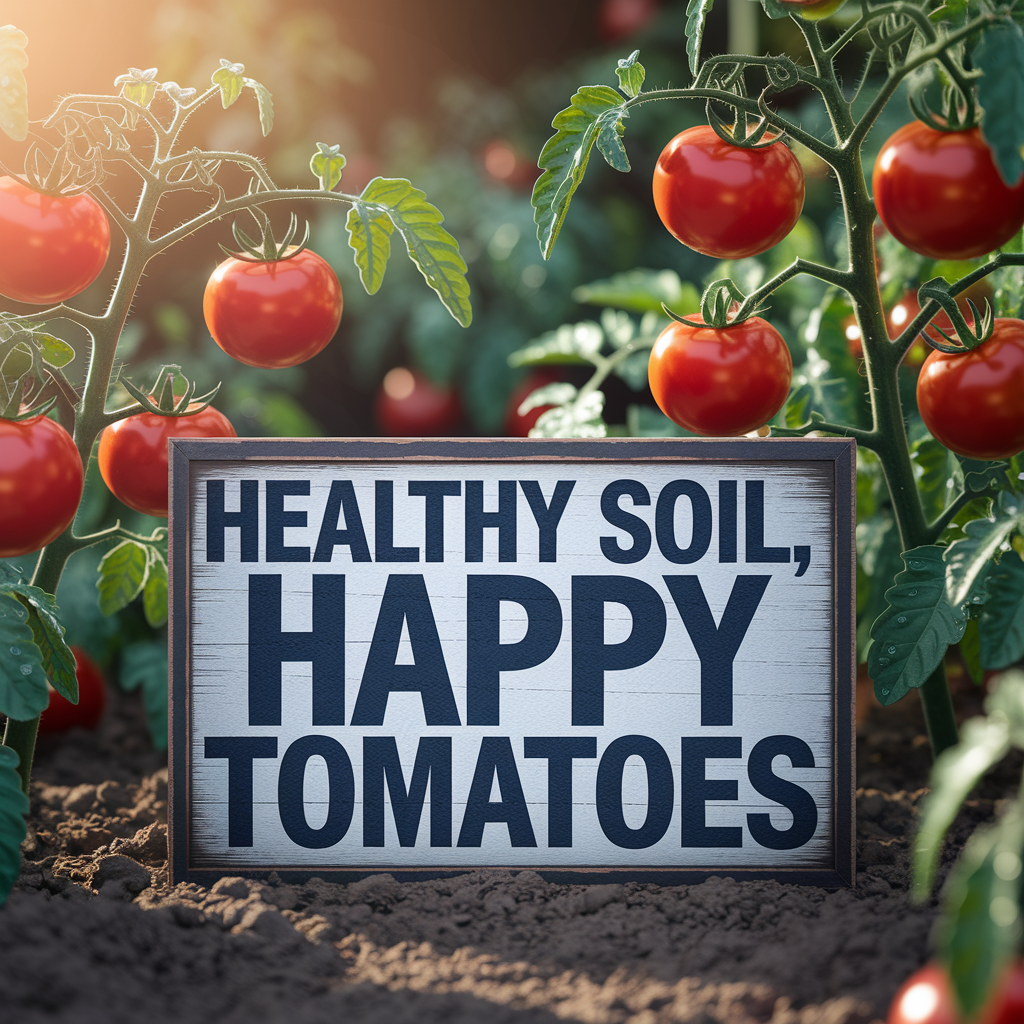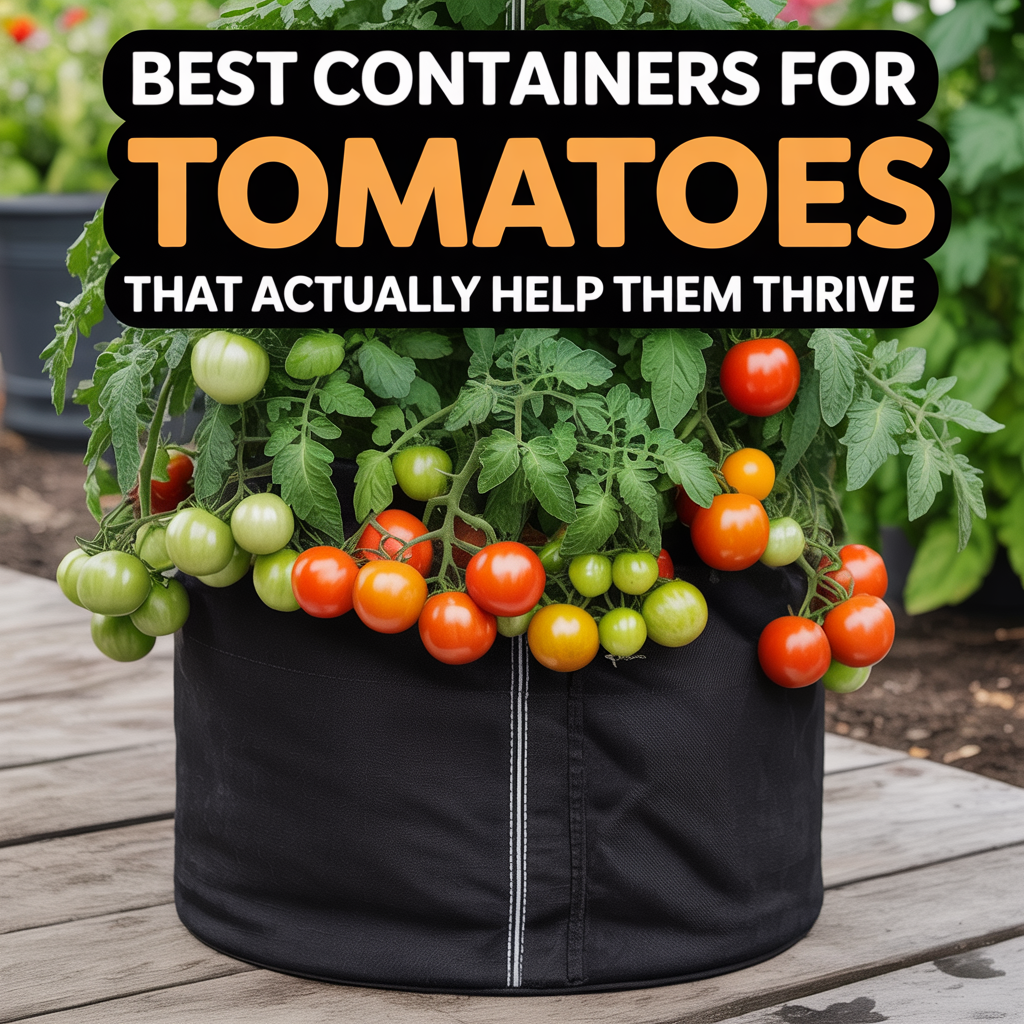
What I Learned the Hard Way About Container Tomatoes
When I first started growing tomatoes in containers, I figured any ol’ bucket or pot would do the job. Spoiler alert: that didn’t end well. I had roots outgrowing the container, plants tipping over, and drainage issues galore. That’s when I realized that choosing the right container isn’t just a nice bonus — it can make or break your tomato-growing success.
Whether you’re short on space, growing on a patio, or just prefer the control of container gardening, I’ve now tried just about every type — and I’ve got opinions.
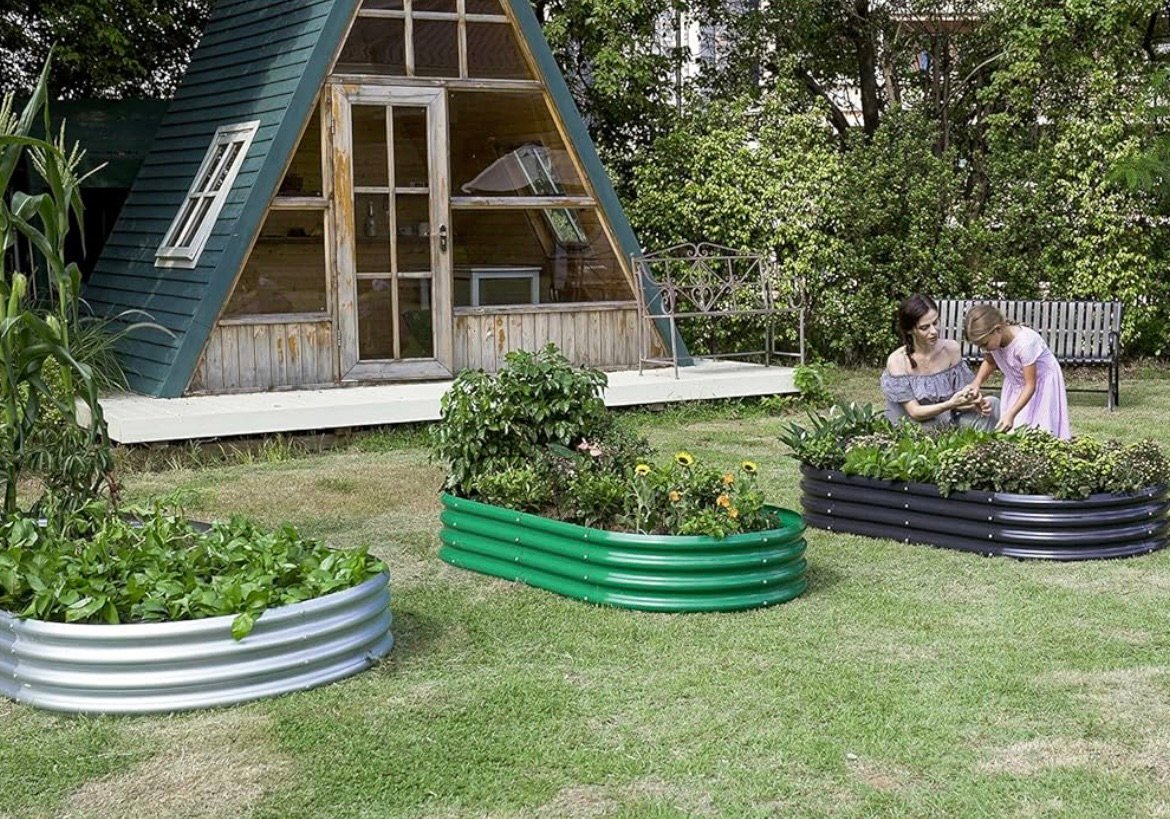
Why Container Size Actually Matters (More Than You Think)
Tomatoes are hungry and thirsty plants. If your container is too small, you’re asking for stunted growth, sad harvests, and a whole lot of babysitting with water and nutrients. I now recommend nothing smaller than a 10-gallon grow bag for indeterminate varieties — and trust me, this makes life so much easier.
My go-to? These 10-Gallon Grow Bags That Actually Work 🌱. They’re breathable, tough, and give the roots room to thrive.
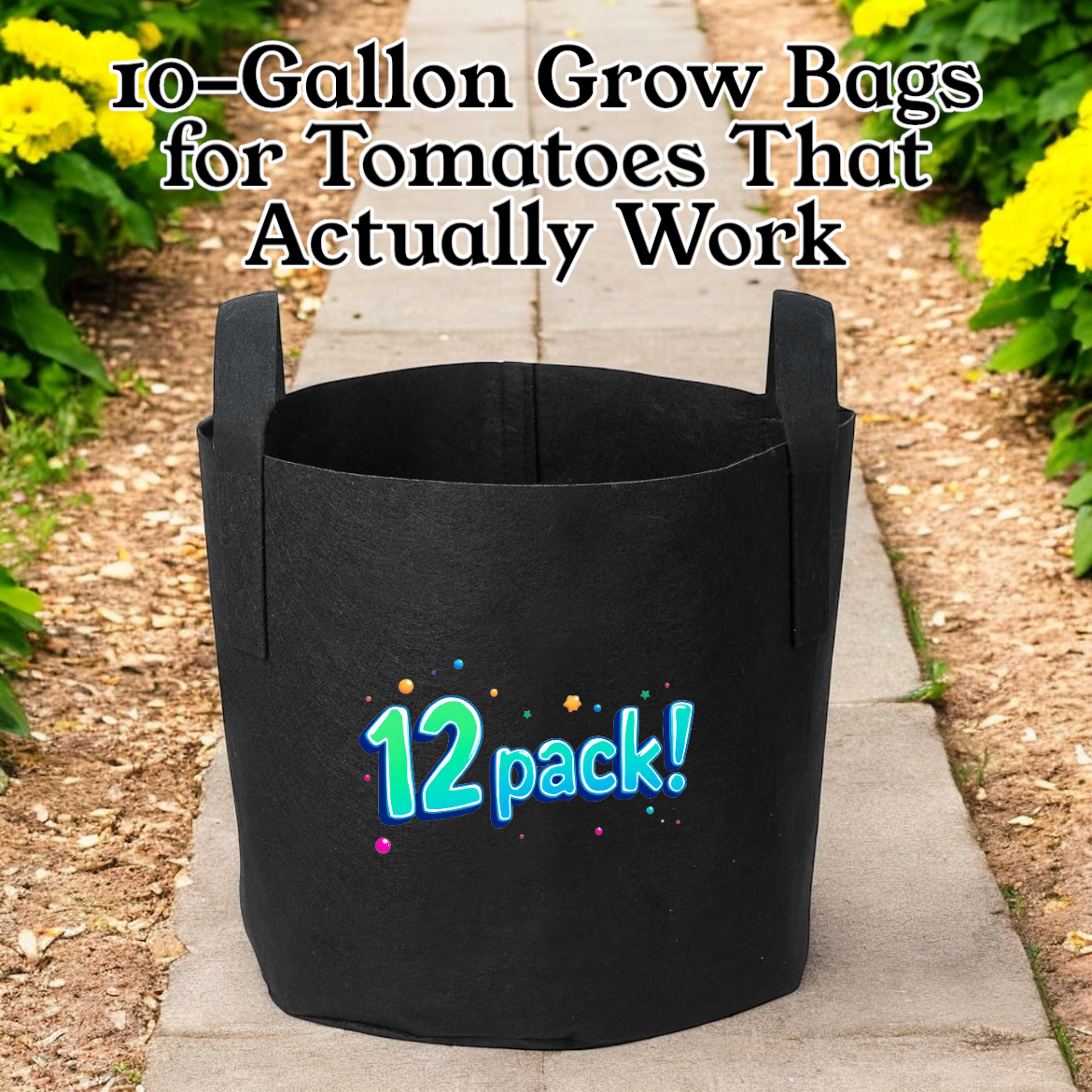
The Best Container Materials for Tomato Plants
Not all containers are created equal. I’ve used plastic, ceramic, fabric, metal — you name it. Here’s what actually works best:
Fabric grow bags are my top pick. They don’t trap excess moisture like plastic, and they let the roots breathe. Bonus: they’re super lightweight and easy to move around if you’re chasing sunlight. That’s why I recommend these sturdy 10-gallon fabric pots 🪴. They’ve held up all season, even in unpredictable weather.
Metal raised beds like this oval galvanized garden box are also excellent for permanent setups. They offer lots of space, stay in place, and look clean in any backyard.
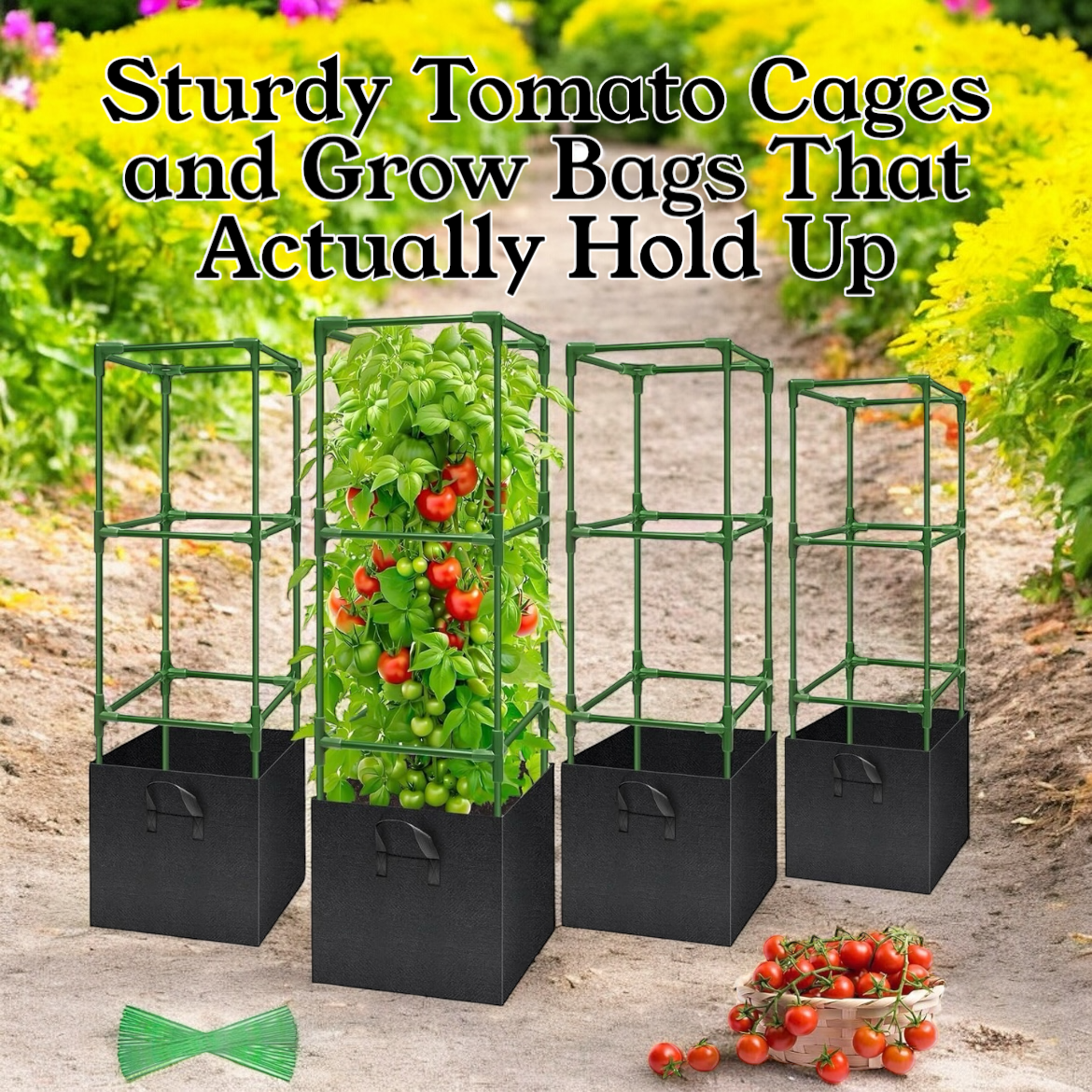
Drainage is a Deal-Breaker
If your container doesn’t drain well, your tomatoes are pretty much doomed. I learned this one the hard way. Too much water means soggy roots, yellowing leaves, and disease. Every container I use now must have:
- Plenty of drainage holes
- Well-draining soil (don’t just use dirt from your yard)
- Optional: a thin layer of gravel or mulch at the bottom
The fabric grow bags already come with excellent drainage built in. For everything else, you might need to drill extra holes (been there, done that).
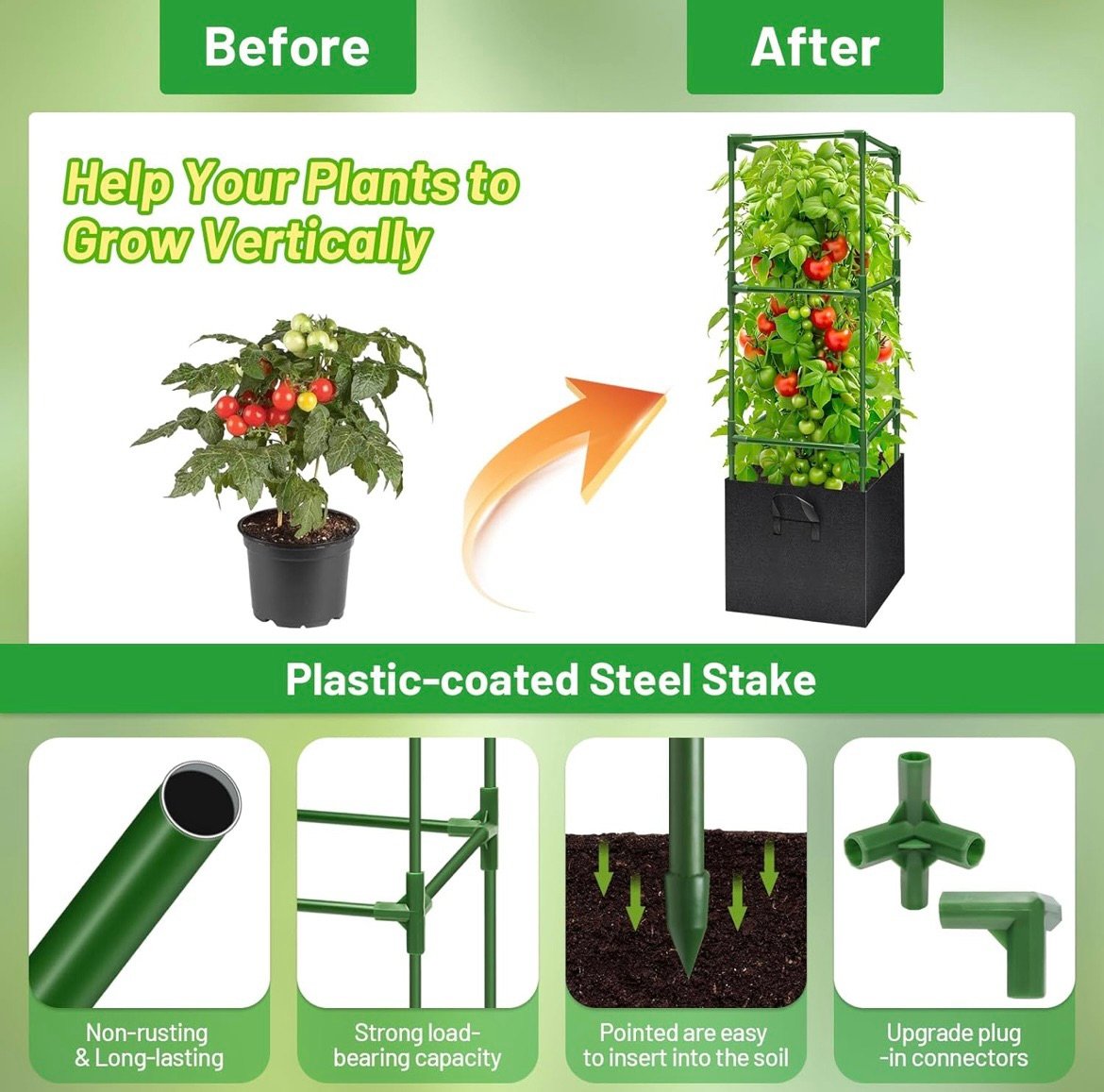
Why Container Size Actually Matters
I used to think any old pot would do. Spoiler: it doesn’t. Tomato roots are wild — they stretch out, dig deep, and if they’re cramped, your plants will struggle.
Here’s the sweet spot I’ve found:
- 10-gallon pots are perfect for most tomato varieties. That’s why I use these fabric grow bags — they’re roomy enough, and they don’t overheat like plastic.
- 5-gallon buckets work in a pinch but usually need more watering and support.
- Raised beds? Even better. Especially something like this metal garden bed that gives each plant plenty of root space and airflow.
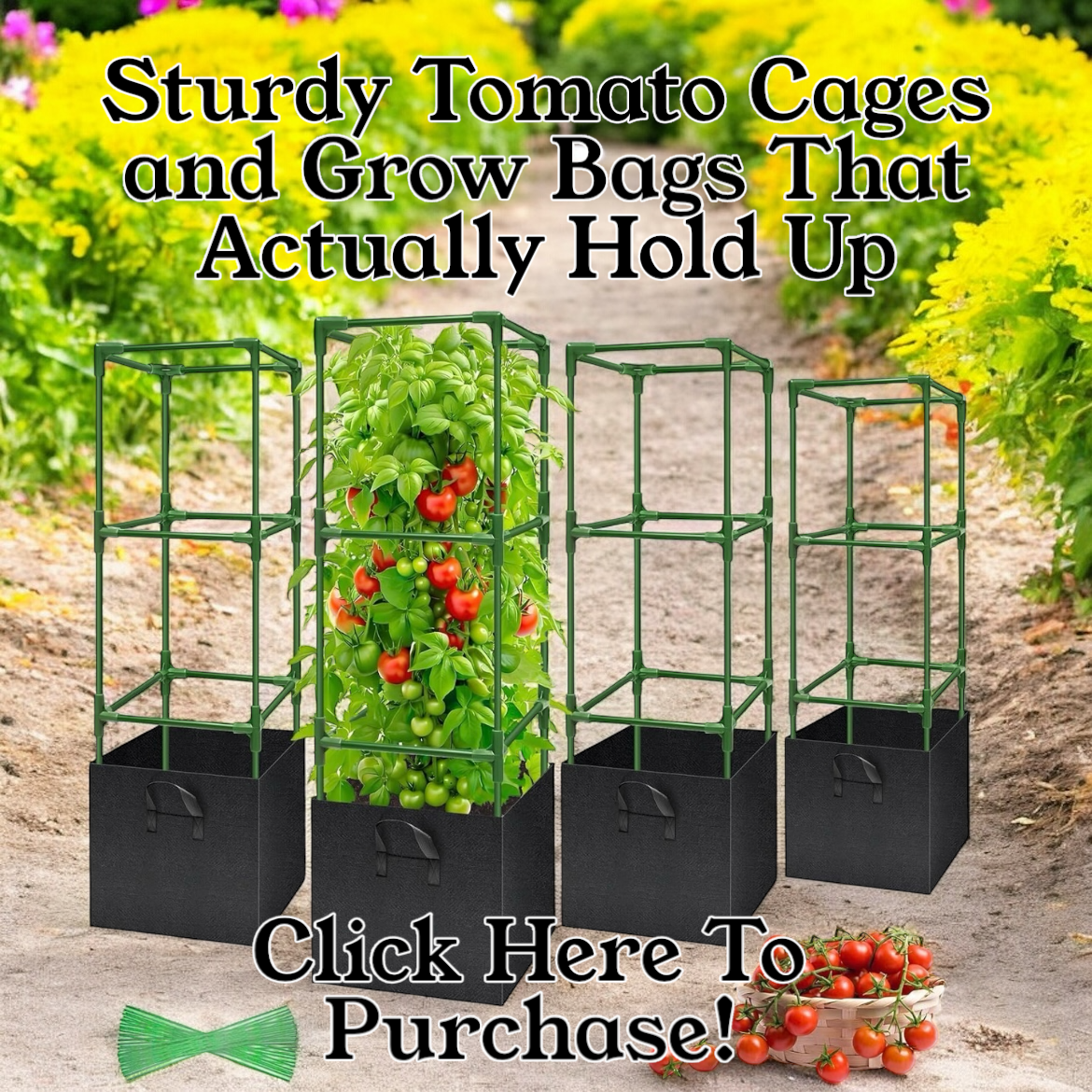
Vertical Support: Don’t Wait Until It’s Too Late
You’d be surprised how fast tomato plants outgrow themselves. One week they’re little sprouts — next thing you know, they’re flopping over like they just gave up on life. Every tomato container needs solid vertical support.
I use heavy-duty tomato cages with grow bags that combine both in one setup. Saves time, space, and your sanity.
Whether you’re on a porch or backyard setup, staking or caging early makes all the difference.
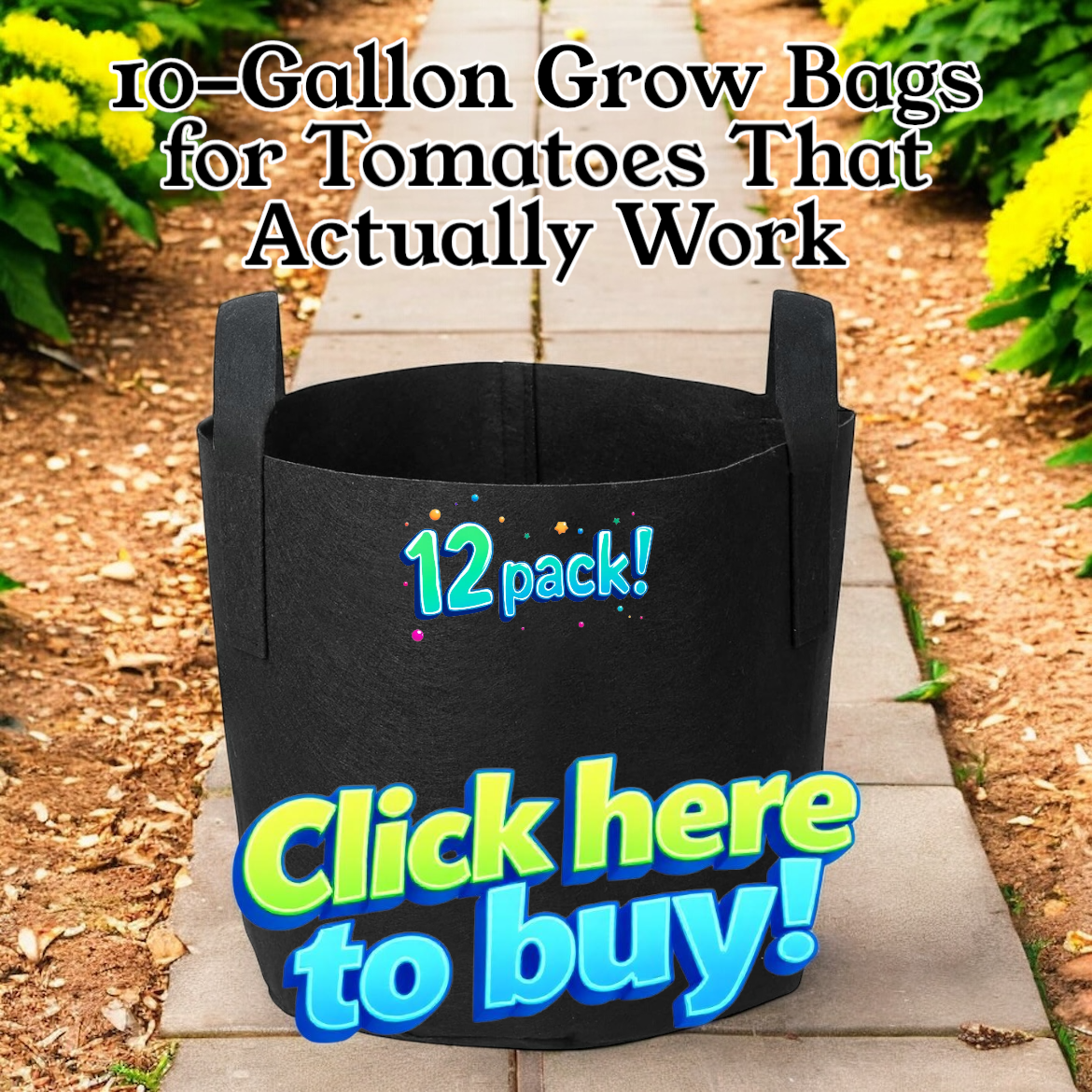
Portability Is More Important Than You Think
One thing I didn’t realize when I first started growing tomatoes in containers? Sometimes the weather, sunlight, or even a surprise hailstorm means you’ll need to move those suckers. That’s where having containers with handles — like these 10-gallon fabric grow bags — really shines.
I’ve slid my tomato plants into shade during extreme heat, chased the best sun, and even brought them under a covered porch when storms rolled in. If your containers aren’t portable, you’re stuck… and your tomatoes suffer for it.
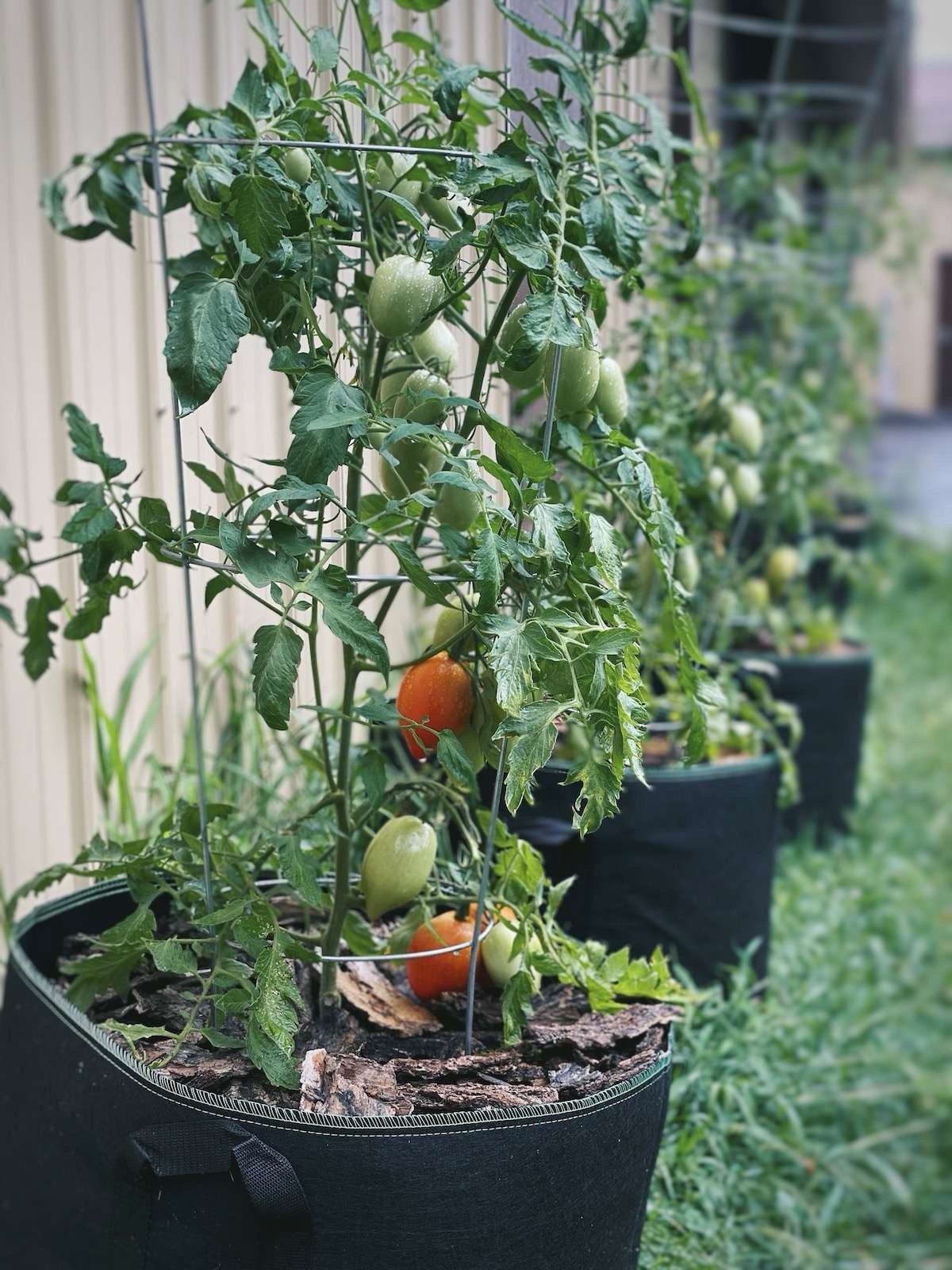
Sunlight: Tomatoes Are Basically Sun Worshippers
Tomatoes need at least 6–8 hours of full sun every single day to thrive — preferably more. If you’re growing on a balcony, patio, or yard with partial shade, containers give you the freedom to chase that golden light. I literally rotate my pots during the season to maximize sun exposure.
And trust me, the difference between 4 hours of sun and 8+ hours? It’s night and day. Your tomatoes will be more productive, tastier, and less prone to disease.
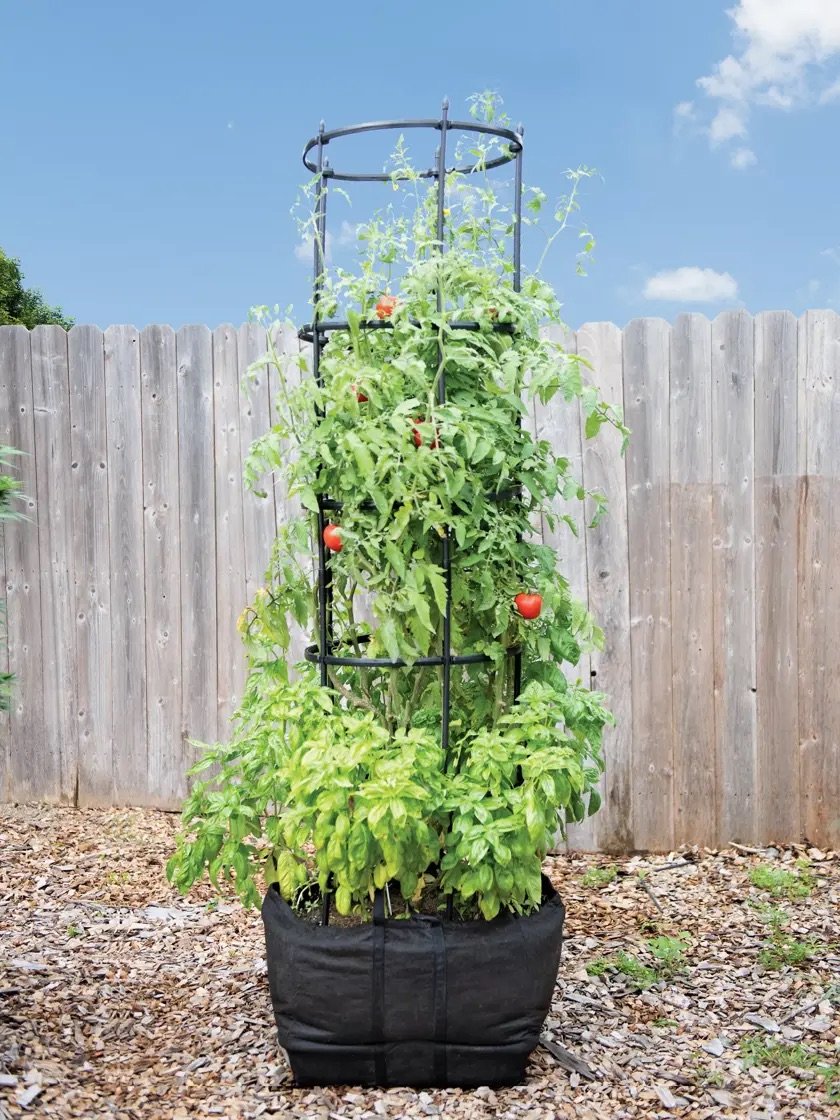
Drainage Will Make or Break Your Tomato Game
If there’s one thing I’ve learned the hard way, it’s that bad drainage equals root rot and sad tomatoes. The container itself doesn’t need to be fancy, but it absolutely must allow water to escape.
That’s why I love using breathable options like fabric grow bags or well-designed metal raised beds that have drainage holes built in. Don’t get tempted by pretty pots with no holes — your plant’s roots will drown before you ever see a ripe tomato.
I also throw a little layer of gravel or broken-up sticks at the bottom to help prevent soggy soil buildup.
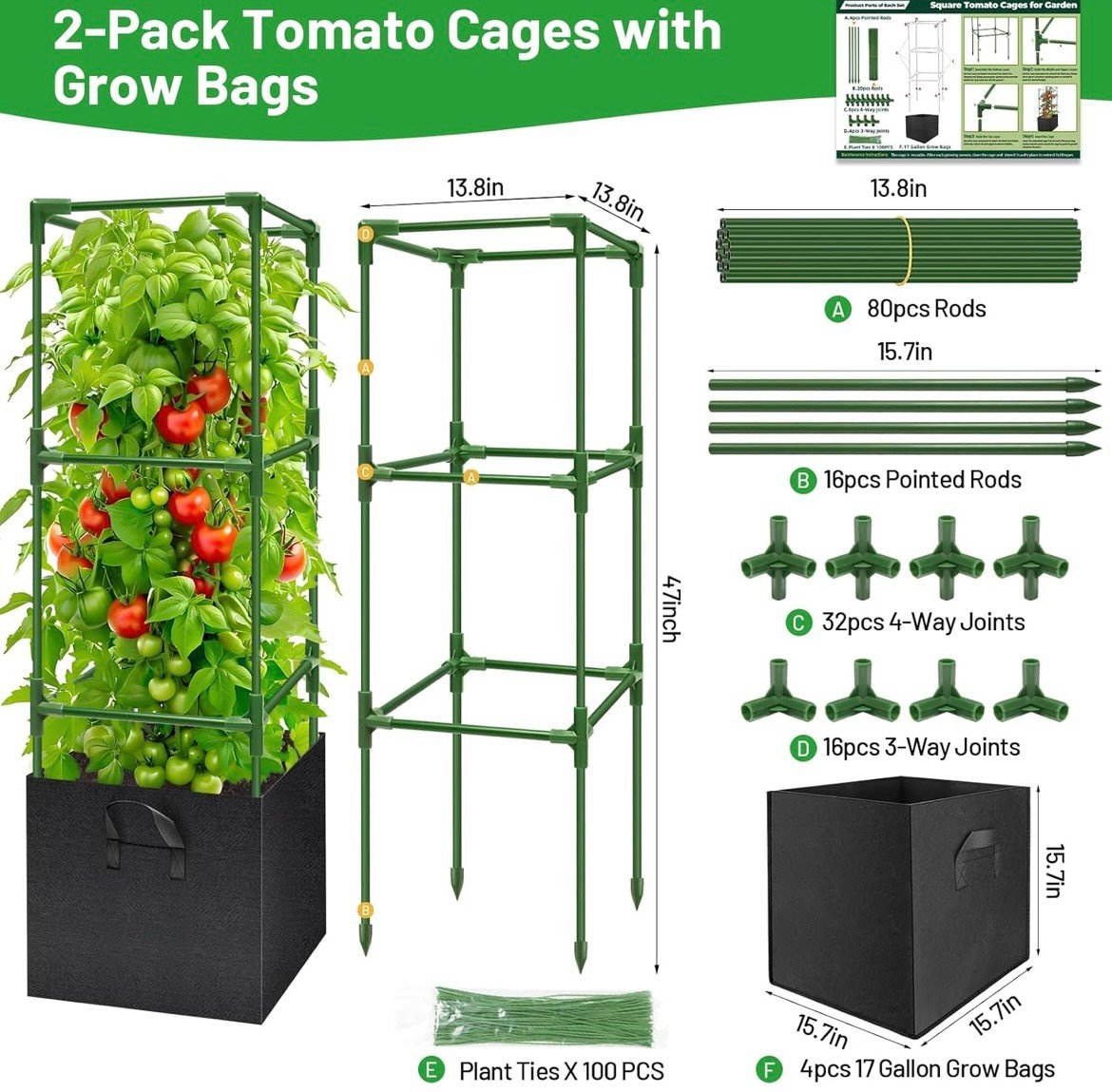
What NOT to Use as Tomato Containers
Not every container is tomato-friendly — I learned this one by ruining an entire season of plants. Avoid:
- Buckets or bins without drainage holes (unless you drill them yourself).
- Small pots under 5 gallons — they’ll dry out fast and stunt your plants.
- Thin plastic that warps in the heat or cracks after one season.
If you’re going to grow tomatoes, don’t skimp on the container. Good support, good drainage, and plenty of room are the non-negotiables.

My Go-To Containers for Growing Tomatoes the Right Way
Over time, I’ve tried a little of everything—and I’ve narrowed it down to my top picks that work year after year. If you want a shortcut to containers that hold up and support serious tomato growth, here’s what I recommend:
- Heavy-duty tomato cages with grow bags — These give your plants space and the support they need to climb, plus the grow bags breathe and drain well.
- 10-gallon fabric pots — Affordable, long-lasting, and perfect for small-space or patio gardening.
- Galvanized raised beds — These are great for bigger gardens. I use them when I want to grow multiple plants in one zone.
If you’re just getting started or looking to upgrade what you’re using, these are the containers I’d buy again in a heartbeat.
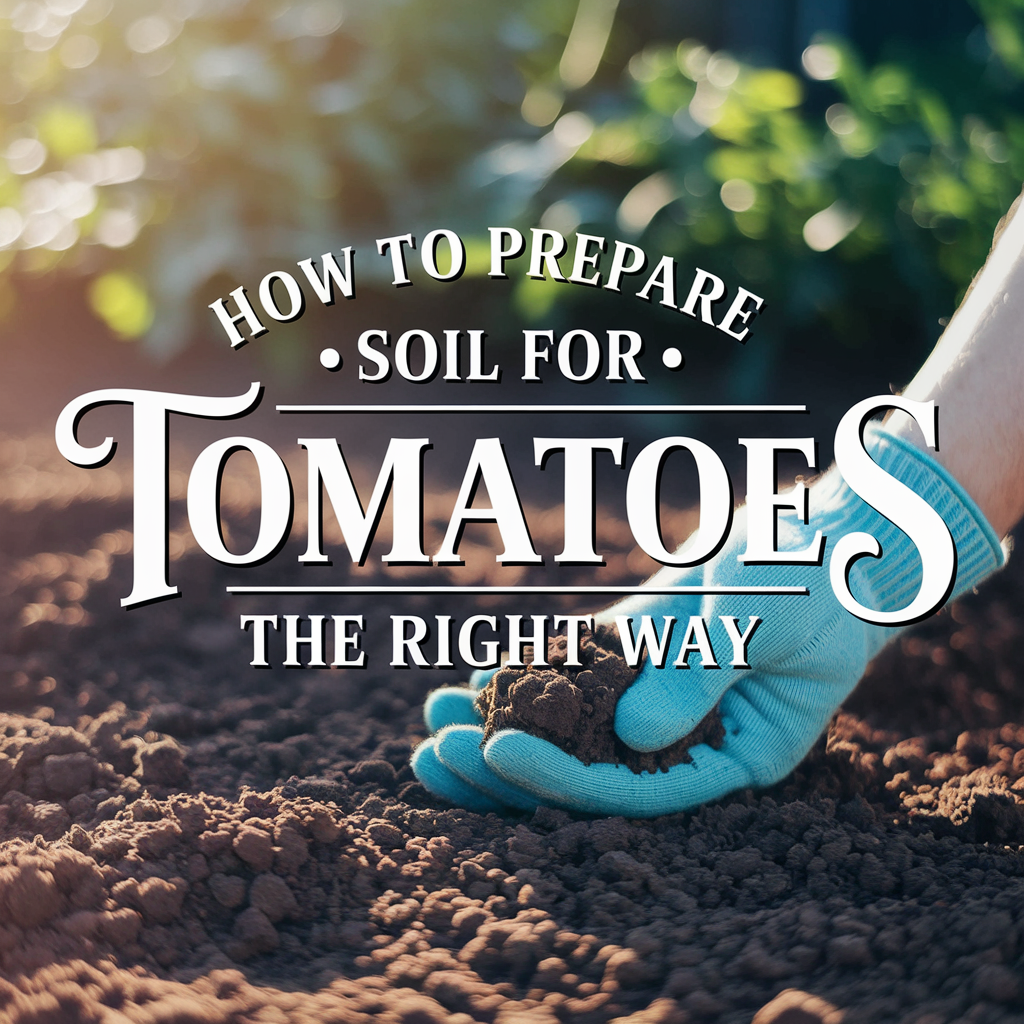
What Size Container Do Tomato Plants Actually Need?
When I first started growing tomatoes in containers, I didn’t realize how hungry and thirsty these plants really are. Small pots just didn’t cut it—my tomatoes ended up stunted and sad-looking. After some trial and error, I learned that for most tomato varieties (especially indeterminate types), you need at least a 10-gallon container to get decent growth and production.
That’s why I always recommend something like the 10-gallon grow bags if you’re container gardening. They’re the sweet spot in size and flexibility. You can move them around if needed and they drain beautifully. For determinate varieties or smaller patio tomatoes, you might get away with a 5-gallon, but I personally just go bigger to avoid root problems and keep things simple.
If you’re unsure about how deep your container needs to be, just remember: the deeper, the better. Tomatoes like to grow deep roots, and that’s especially true if you’re planting them the smart way—deep and buried. (If that’s news to you, check out my guide on prepping soil the right way).
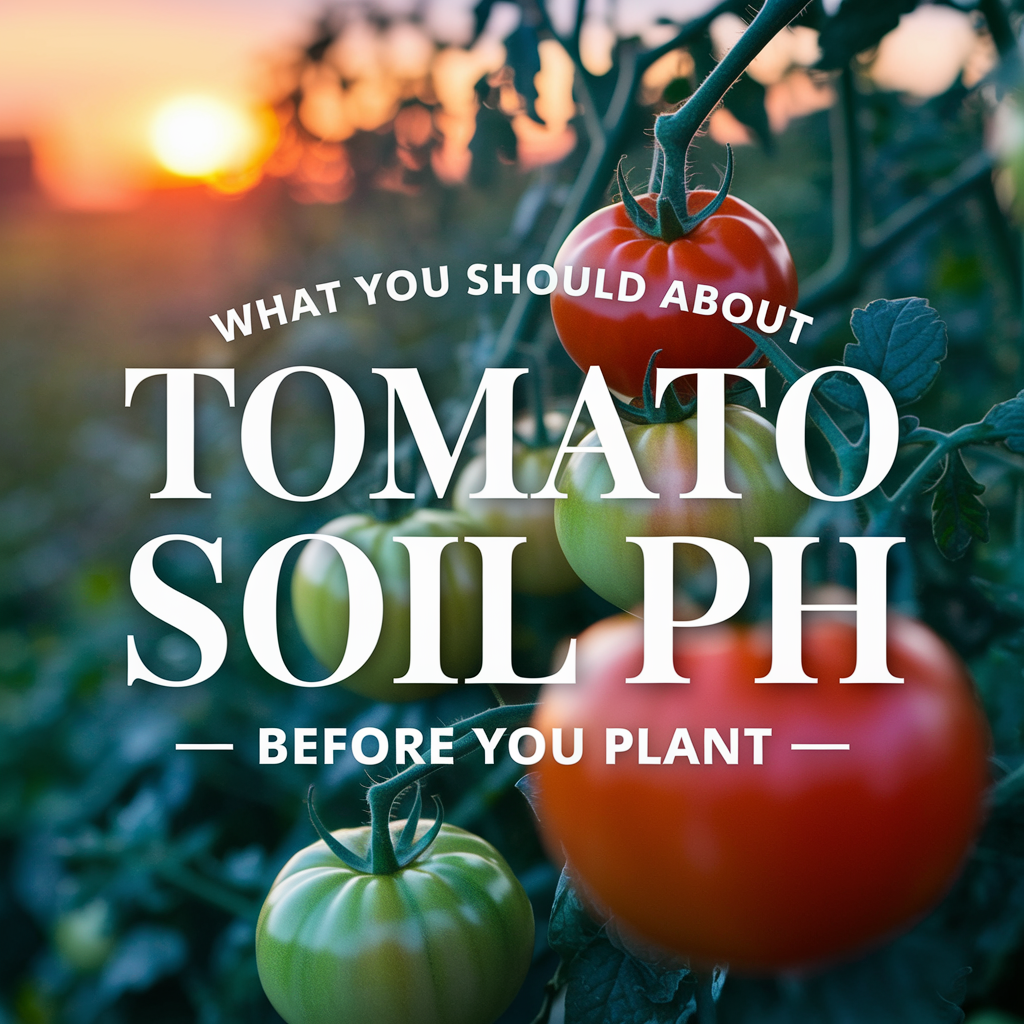
Do You Need Drainage Holes? Absolutely.
Let me just say it: bad drainage is a tomato killer. I learned that lesson after watching one of my healthiest-looking plants turn yellow and soggy from the roots up. It turns out, the fancy-looking ceramic pot I bought didn’t have enough holes at the bottom—and it held water like a sponge.
Now, whether I’m using fabric grow bags, raised beds, or large planters, I make sure drainage is priority number one. That’s another reason I love grow bags—they’re practically foolproof when it comes to drainage.
If you’re using anything else, and it doesn’t already have enough holes, drill some. Or grab a product that’s been designed right from the start, like the containers in this tomato container guide. If your soil stays soggy, that’s just asking for root rot and fungal problems, and your tomatoes will suffer—fast.
And while we’re talking about water, overwatering is a sneaky issue in containers too. If your leaves start to droop or yellow, this article might help: signs of overwatering tomato plants.
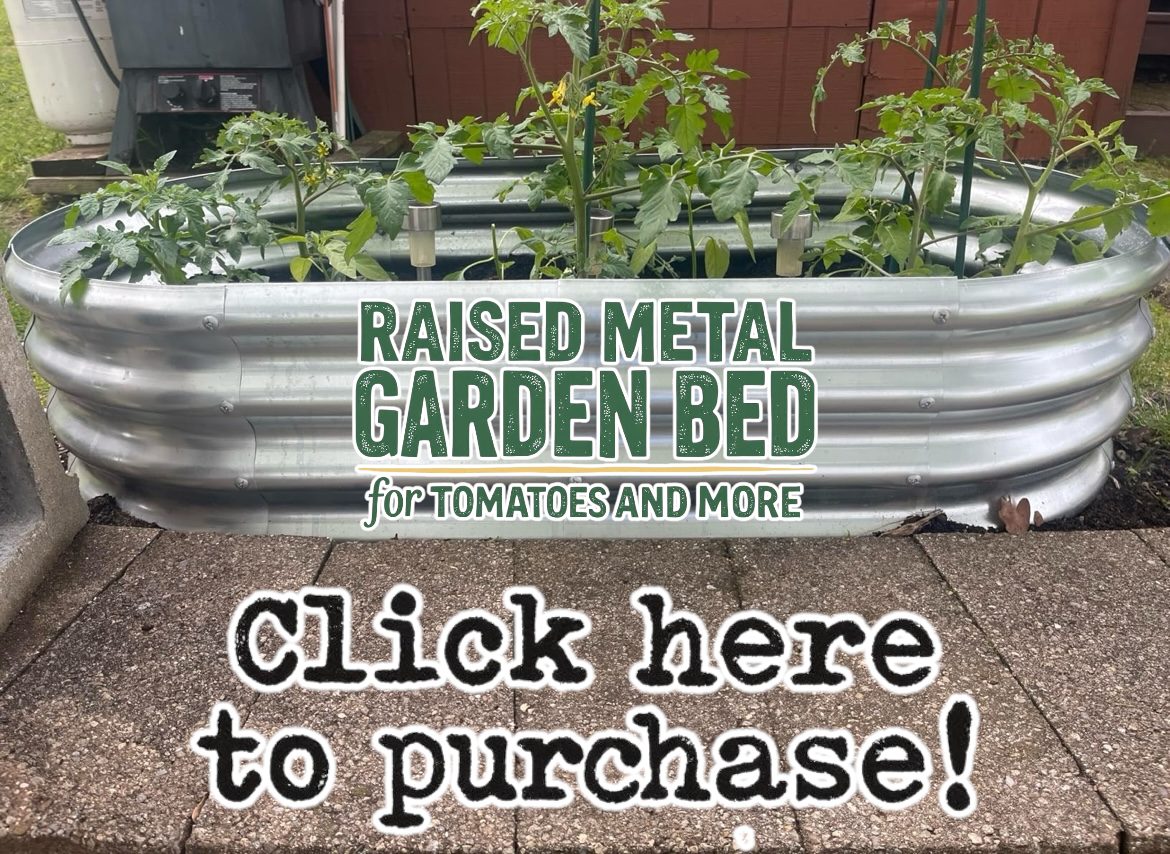
Can You Grow Tomatoes in Raised Beds and Call It a Container Garden?
Absolutely—and honestly, raised beds might be the ultimate container if you’ve got the space. I didn’t think of them that way until I built my first galvanized raised bed. Suddenly, I had total control over my soil mix, drainage, and spacing. I didn’t have to dig into clay or deal with weeds, and the tomatoes grew like crazy.
If you’ve got a backyard or even a side yard, raised metal beds give you a big container-like setup that’s super easy to manage. You get all the benefits of container gardening—controlled soil, better drainage, fewer weeds—without the space limitations of small pots.
It’s also easier to customize your soil PH in raised beds, which is a big deal for tomatoes. I go deeper into that in this guide: how to change soil PH for tomato plants.
As an Amazon Associate we earn from qualifying purchases through some links in our articles.

